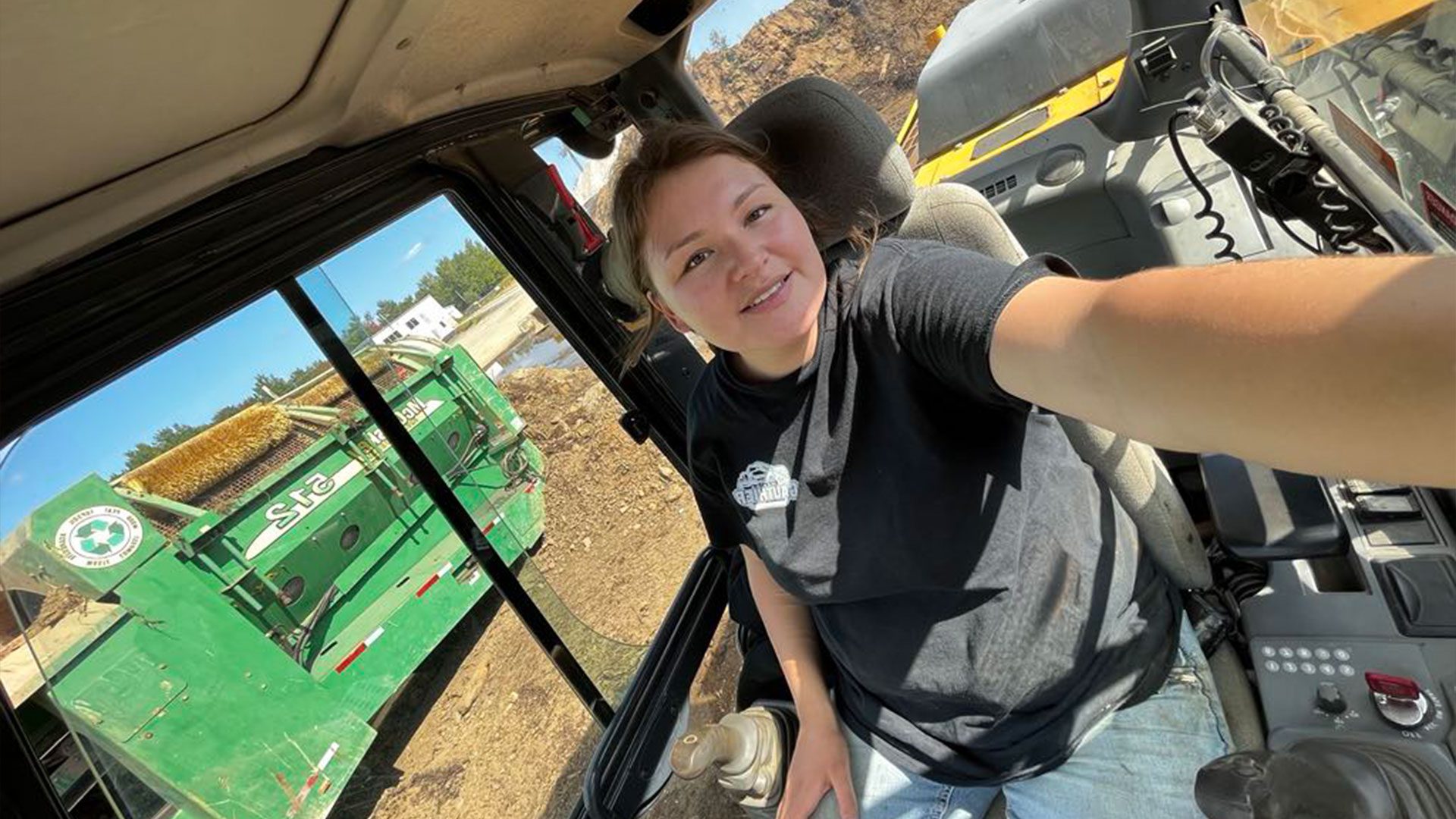A few years ago, Alexia Petiquay Chilton, a young Atikamewk mother of two, decided to go back to school and get certified as a heavy machine operator.
“My father has been an operator for years, and I’ve always had this little idea somewhere in the back of my mind,” she said in an interview.
However, she recounted that it was very financially challenging especially with young children, so she decided to reach out to the First Nations Human Resources Development Commission of Quebec.
Chilton explained that the commission provided her with the financial help she needed to complete a four-month training program and promptly secure a job in her trade.
“Thanks to the wage subsidy from measure C1 Employability, I’ve been working as a heavy machinery operator for a year now, and I want to continue,” Chilton said.
Now Canada’s minister of employment wants to make life easier for Indigenous people in Quebec to learn a trade. Randy Boissonault was in the Mohawk Territory of Kahnawake promising to put $25 million towards the Commission for their project Global Strategy for Indigenous Employability.
“When First Nations, Inuit and Métis people thrive, it’s not just your communities that benefit but the entire country,” Boissonnault said at a news conference in Kahnawake, a Mohawk community south of Montreal.

According to Boisonnault, the money is intended to increase the number of Indigenous people in employment or vocational training, in both communities and urban areas.
Richard Jalbert, the executive director of the commission called these programs “life changing.”
“With the funding we can pursue many of the regular activities but more than that it gives us the means to implement changes innovate and advance our mission of training and developing Indigenous employability,” Jalbert said.
The commission is part of the Assembly of First Nations of Quebec-Labrador, and services 27 communities and four urban centres, including Montreal.
Mohawk Council of Kahnawake Grand Chief Kahsennenhawe Sky-Deer noted that, in the past, the labour force in community has been excluded from neighbouring developments.
“We need to have relations with the First Nations, with the Inuit, with everybody all working together, so that we can raise this profile of where we’re all residing together and ensure that there is equal opportunity,” Sky-Deer said.
The grand chief added that it was never too late to find your passion and contribute to building your community.
“It really changed my life because it allowed me to live my dream and to be fulfilled in life,” said Chilton, who is currently working as a snow removal operator in the city of Trois Rivieres, Que., east of Montreal.









